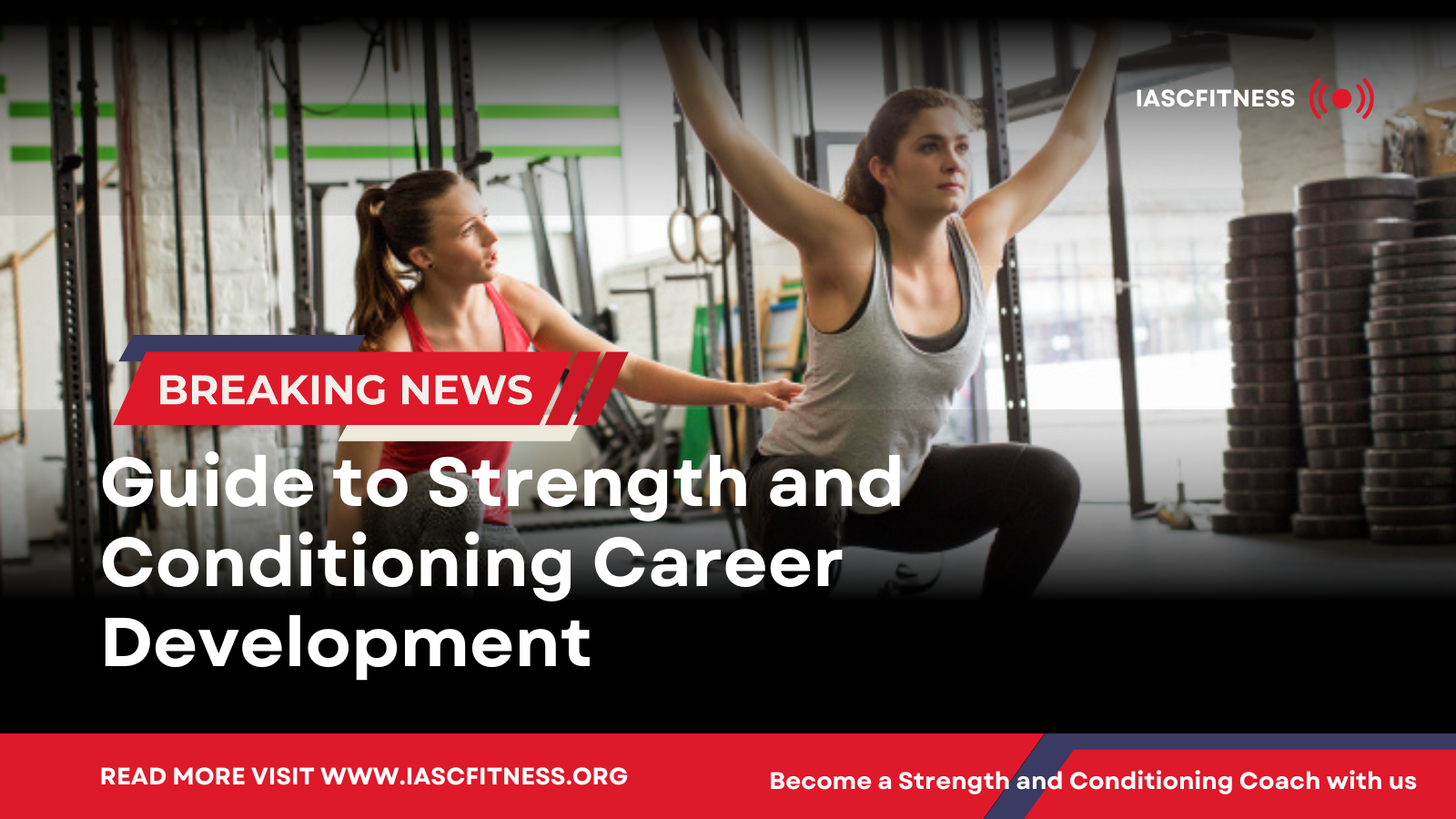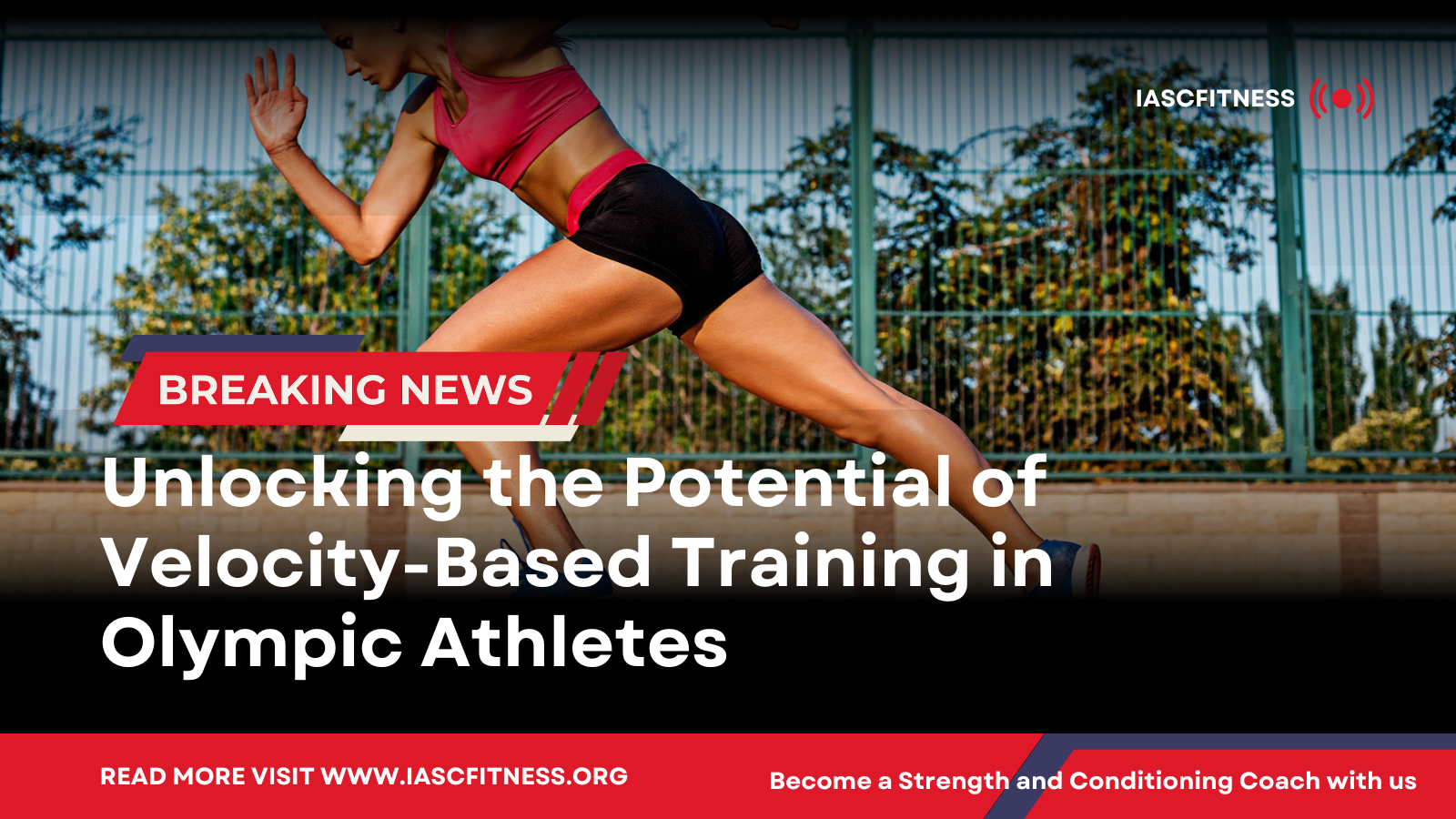How to run Faster? As you may know, Sprinting is the oldest sport and all athletes in any sport can benefit from sprint training. Like Renato Canova a famous Italian middle and long-distance coach once said, Every Competition Is A Speed Competition, if you are fast you can win almost any sport.
You may hear the quote, “You can’t improve speed”, but actually it is not true. Absolutely You can improve your speed!
While there is a genetic ceiling for anyone, this doesn’t mean that what you’re born with cannot be maximized and improved. No matter who you are, you can get faster with the correct training.
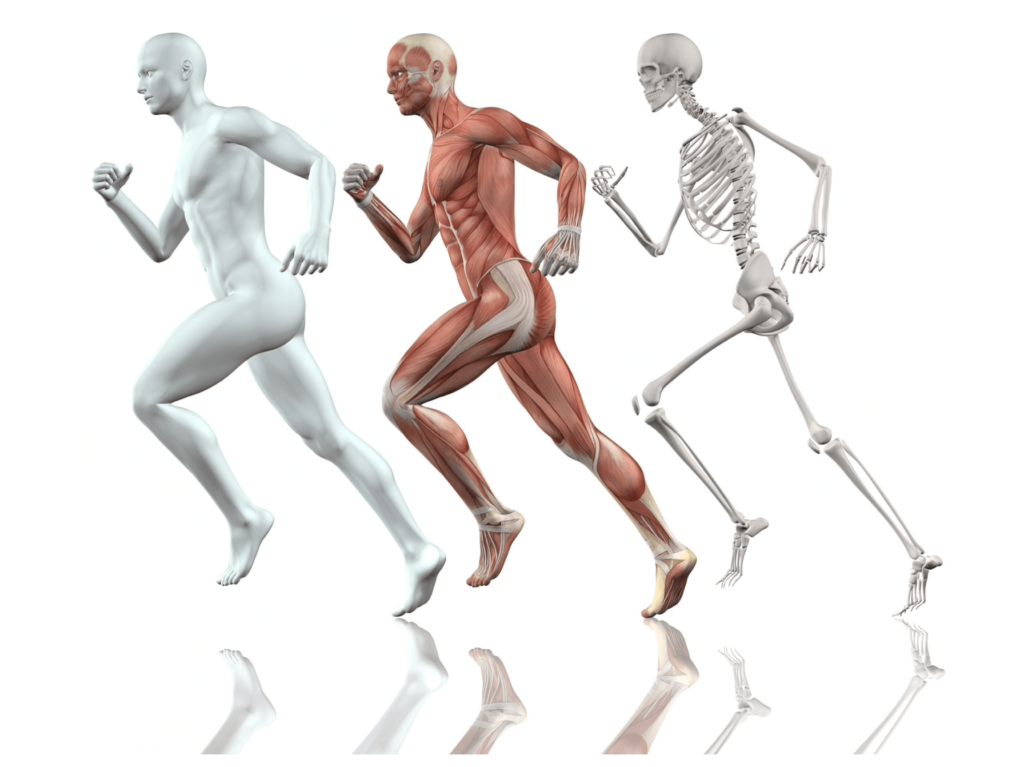
Mechanical Considerations
The sprint cycle can be divided into two types
- The sprint one can be divided into a support phase, during which force is applied to the ground, and a flight phase, during which the nonsupport leg is recovered in preparation for the next ground contact.
- The sprint cycle can also be seen as exhibiting front-side mechanics (everything that occurs in front of the center of mass) and back-side mechanics (all actions that occur behind the center of mass).
Contact with the ground occurs on the ball of the foot, slightly in front of the center of mass, If ground contact occurs too far in front of the center of mass, braking forces will slow the athlete. At high velocity, the action on the front side of the cycle is elastic and nonvolitional. The goal is a strong impulse into the ground over a short time. This implies a significant vertical application of force.
An aggressive extension of the support leg is how force application occurs during ground contact. As the runner’s velocity increases, ground contact time decreases.
Minimal ground contact time at high velocity is crucial to success. When ground contact time is too long, an imbalance between front and backside mechanics occurs. The result is a disruption of elastic force generation and postural breakdown, both of which are highly detrimental. An effective coaching cue is not to fully extend the knee joint at the moment of toe-off. Such full extension is a common result of fatigue, especially late in the longer sprint races. It is also common in sprinters who have not yet developed speed-endurance ability.
besides, always remember to work on technique, almost every day.
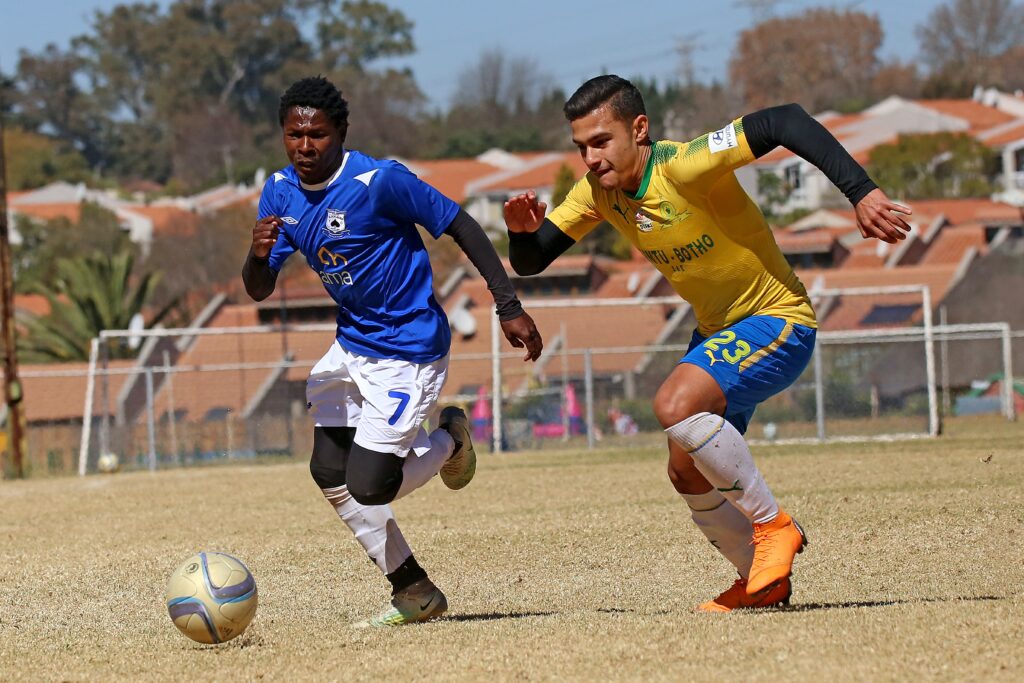
Phases of Sprinting
The initial phase that the sprinter must master is the drive phase or acceleration. This requires a very large force to move the athlete’s center of mass forward. The coach should evaluate the athlete’s strength for applying a large horizontal force. Strength training has its greatest advantage for the sprinter in this phase of sprinting. Exercises and drills that develop strength and balance are critical in developing good acceleration skills.
Running fast in competition requires that the athlete run fast in training. So, If you want to run fast, you have to run fast in training. Look at professional sprinters, they sprint 2-3 times per week. And not submaximal, slow running. They sprint or do accelerations at the top-end, with 100% effort. The more you do something, the better you become at it. So If you want to be fast, you must sprint more.
You cannot expect good high-velocity mechanics (speed) if you put too much speed-endurance training prior to developing the ability to run well at maximal velocity is counterproductive.
To get faster, sprint more
Acceleration, the key for the Team Sports
Sprint running, and more specifically sprint acceleration is a key component of performance in many sports such as athletics, soccer, and rugby.
While many coaches and athletes talk about Speed in team sports, what they are really talking about is acceleration. Acceleration is the transition from 0 to top-end speed. Every speed development program should focus early on acceleration mechanics. The athlete MUST first learn how to get up to speed properly (acceleration).
The team sport’s goal is to get to top-end speed as quickly as possible. It takes between 20-35 meters to reach top speeds for team sport athletes, and it is between 50-60 for sprinters. But again not many times in any sport will there be a situation where you will run for this distance in a straight line. Maximal acceleration over a short distance is crucial to performing defensive and offensive key actions
Team sports are built around 5-20 meters distances. ACCELERATION! This is where sports are dominated and games are won. And most of the speed training in team sports must be acceleration training.
Athletes should learn the following skills progressively as part of a good acceleration process that accompanies the start:
- Hill run
- Resistance run
- Stadium step-up run
- Rolling start
- Three-point crouch start
- Four-point crouch start
- Get-Ups (prone, supine, lateral, roll-overs)
- Wall Runs
- Partner Drops
- Mountain Climber Starts
- Bounding
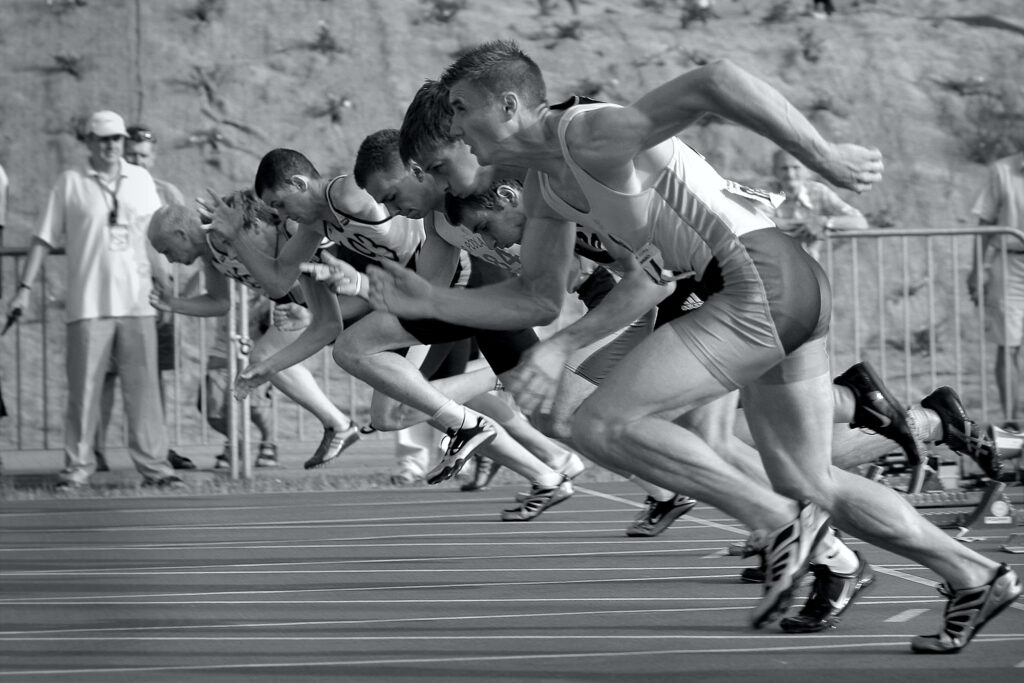
Additional Guidelines and Teaching Principles
- Safety first: Proper safety should be used when teaching the sprints. Equipment and surfaces should be checked before training. choose a level surface that is not too hard. A softer surface is easier on the feet and the knees. If you run on grass, check the location carefully for ruts and other irregularities.
- Don’t forget a proper warm-up: A proper warm-up is essential to avoid injury and prepare athletes for a high-intensity speed workout. The warm-up should move progressively from easy to complex movements. A structured, sport-specific warm-up program can reduce the risk of overuse injuries in running-based sports by up to 50 percent.
- Adequate recovery: You should be aware of any muscular or neurological fatigue the athletes are experiencing. Allowing for adequate recovery between training sessions is important to protect against injury and maximize learning and adaptation.
- Posture: “The first and most important aspect of speed is Posture” – Tom Tellez. Sprinting posture is going to be much different than acceleration. During sprinting we are looking to be much more erect through our trunk, we want our head level, hips high, foot contact slightly ahead of our center of mass, and a large range of motions through our limbs.
- Develop strength: The development of strength in the sprinter is crucial to run faster. Because speed is a subset of strength, speed capabilities surface only after strength and power are developed. Perform Multi-Joint, Compound Movements – don’t do isolation exercises and stick to big, compound lifts (squat, deadlift, single leg deadlift, single leg deadlift. Split squat, hip thrust, pull-up, push-up).
- Work on posterior chain muscles: The posterior chain is the powerhouse of running faster. It is the main engine and key to reaching high-top speeds. Athletes need to do training to target the glute max, glute medius, and hamstring complex. The power and forces produced at top-end running speeds largely come from the posterior chain. The glutes and hamstrings truly are the motor to higher running speeds. You can practice deadlift, single leg deadlift, glute brides, bird dog, split squat, Olympic lifts, etc. Like Famous Canadian Sprint Coach, Charlie Francis said, “To go faster, you need MORE force!”
- Work on Psoas: Weakness in the psoas affects a joint range of motion, pelvic positioning, stability, and the ability of posterior muscles to work optimally. Many studies have shown that faster running speeds are correlated with higher degrees of activation of the hip flexor, mainly the psoas. Other studies have shown that elite sprinters have a bigger cross-sectional size and strength in their psoas compared to average sprinters.
- Core Strength: You need a stable core and torso to transfer force throughout your whole body. If your core strength is not up to par, then you will have energy leaks and lose potential force. Having a stable core and being in the proper position allows the most optimal movements of the limbs, being weak or unable to get into the right posture will negatively affect your printing. Gray Cook has been known to say, “A weak core is like shooting a cannon out of a canoe”. A canoe cannot stay stable or stiff enough for that cannon to fire at its full power. The canoe represents a weak core in terms of all the energy that is lost if you cannot create that stiffness and stability during powerful movements.
For developing core strength practice these exercises:
- Kneeling and 1⁄2 kneeling chops/lifts
- Carrying Variations – Farmer walks, suitcase carries, waiter walks, goblet walks
- Turkish Get-Ups
- Deadbugs
- Deadlifts
- Plank Variations
- Med Ball Throws
- Rollouts, etc.
References:
- Track&Fieldcoachingessentials/USATrack&Field;WillFreeman, Joerogers
- Jean-Benoit MORIN, collegues.Sprint Acceleration Mechanics: The Major Role of Hamstrings in Horizontal Force Production.
- Science of running by Chris Napier, PhD
- 10 Tips to Improve Acceleration and Sprinting Speed By Luke Buchholz and Michael Zweifel


